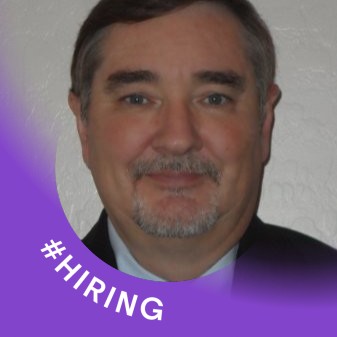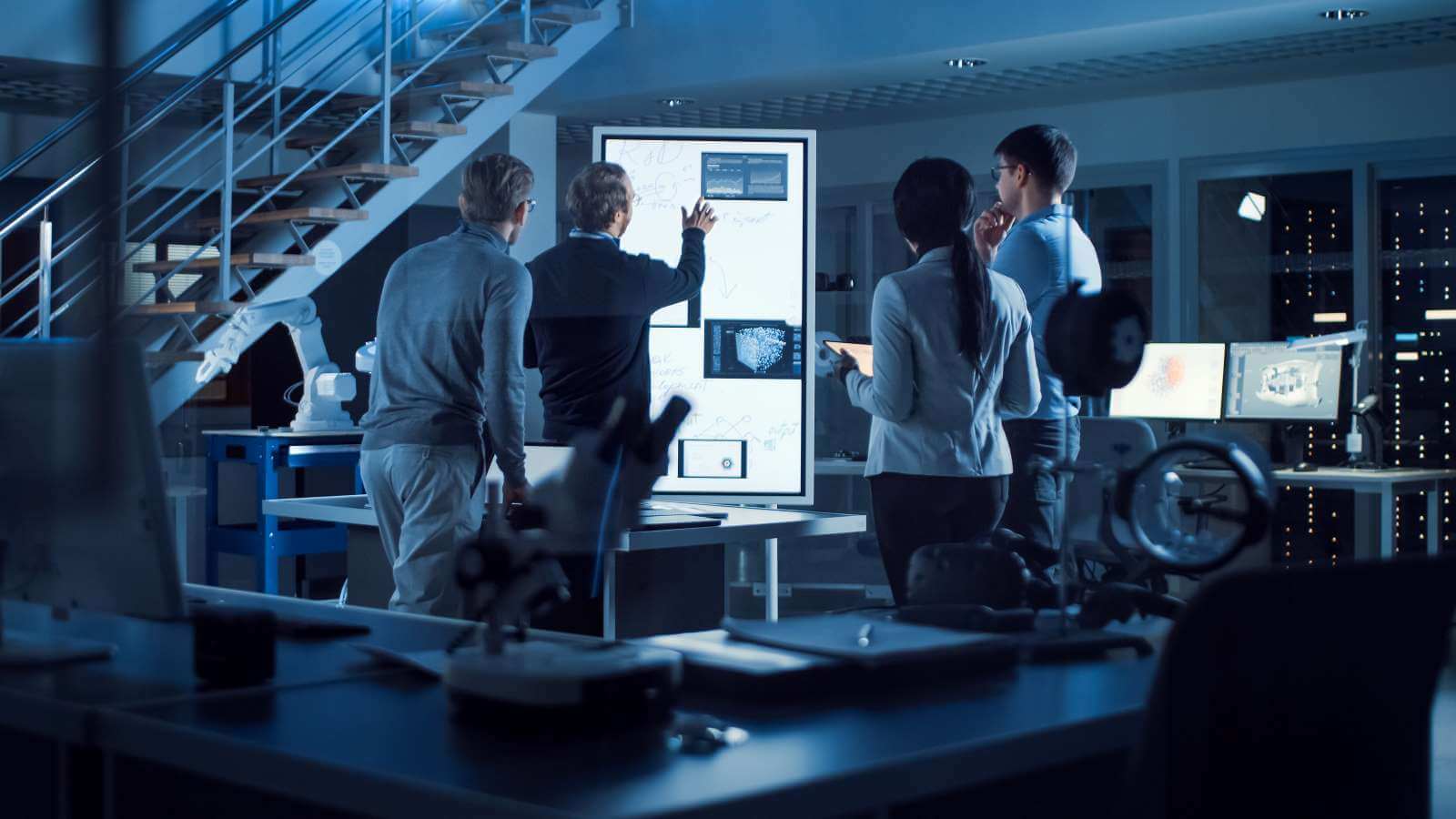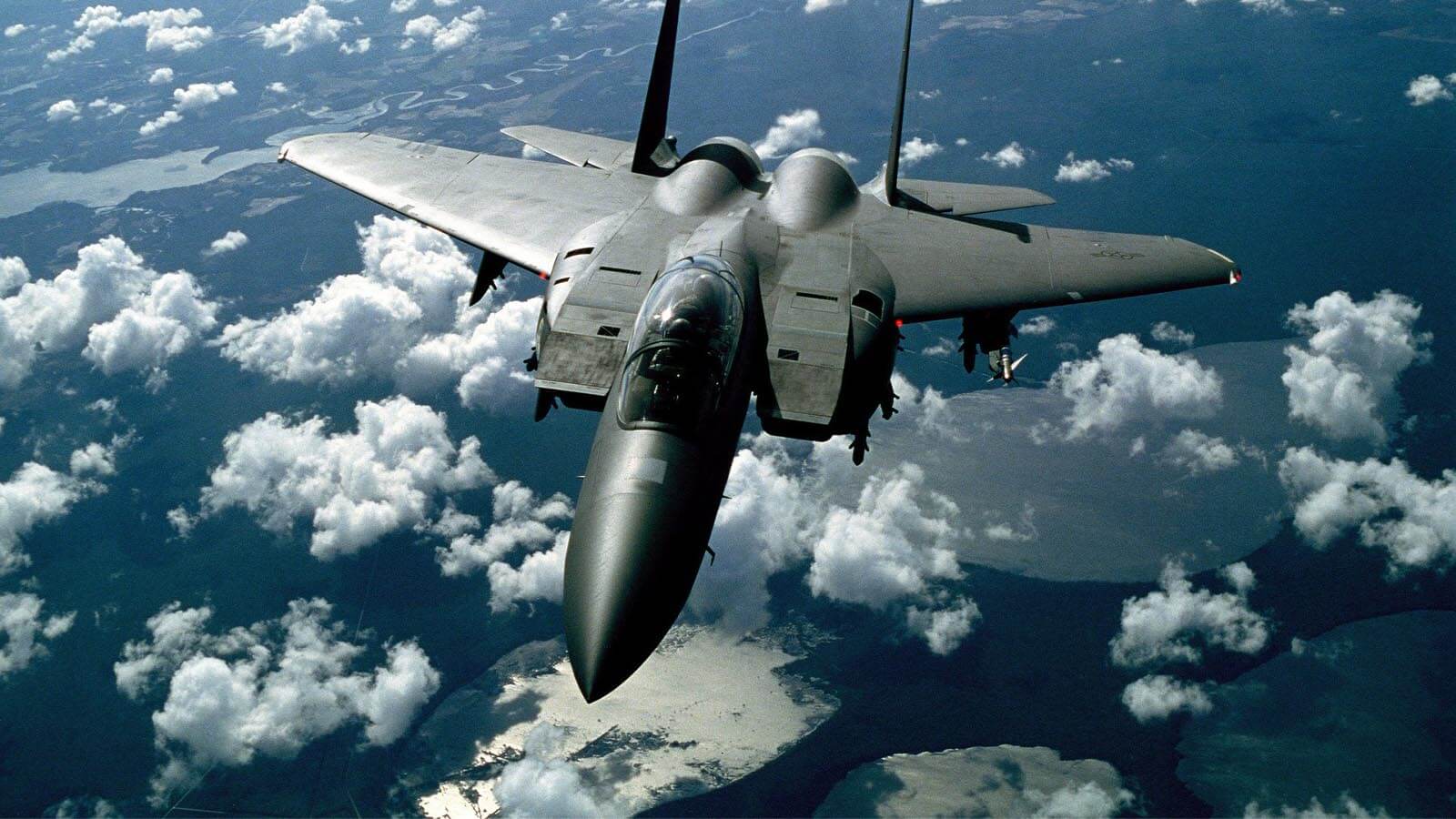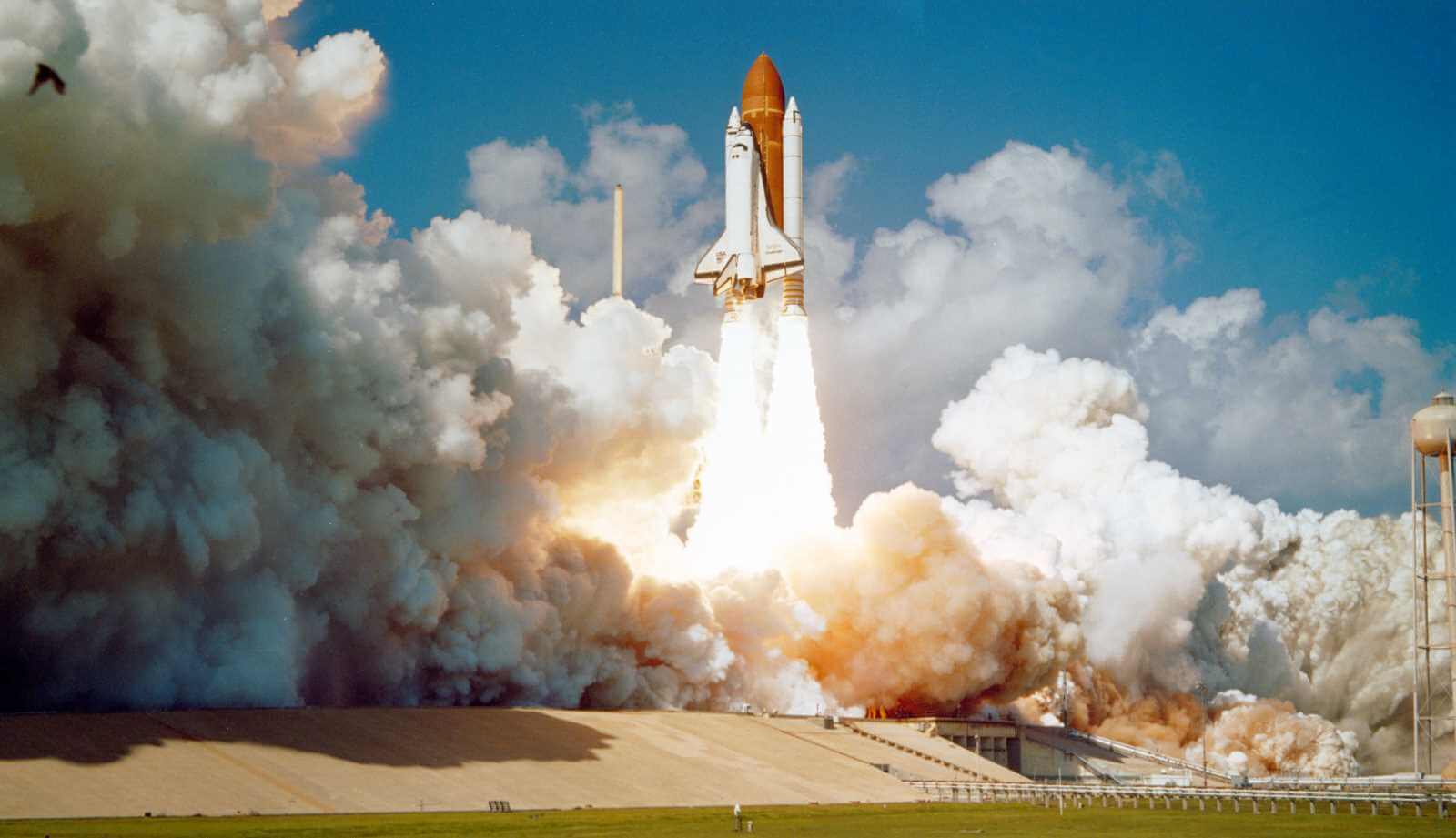Disruptions in the Aerospace Industry (and How Managed Engineering Can Help You Combat Them)
Aerospace firms seek to scale their workforce to meet growing consumer demand and enhanced production schedules. As companies try to stay competitive and increase their market presence, they face a significant challenge: the supply of aerospace engineering experts on the market does not meet their demand. At a time when skills requirements have become more advanced, the number of recent college graduates and industry experts in the field has lagged.
According to the U.S. Bureau of Labor Statistics, the need for aerospace engineers is anticipated to grow by 8% by 2030. Despite a median pay of $122,270 per year, there remains an urgent demand to replace workers who retire or transition into other careers. Manufacturers and other industry-related firms face challenges finding talent in areas such as field support, supply chain transitioning, component and systems testing, and other areas of engineering expertise.
Workforce challenges are exacerbated by other factors addressed below.
COVID-19
The outbreak and lingering effects of COVID-19 have complicated the workforce needs in the aerospace industry. Although the aviation industry added a substantial number of workers in 2019, the onset of coronavirus and uncertainty about its effects during the early part of 2020 led to substantial employee losses. As the number of flights declined due to reduced airline service and limited international travel, the pressure on currently employed aerospace and avionics engineers temporarily leveled off.
Retirements and the restoration of commercial aviation and other aerospace services as vaccines become readily available have once again placed great pressure on the system. Unfilled positions come at a significant cost to businesses. By one estimate, the Aerospace Industries Association (AIA) determined that vacancies may cost the industry upwards of $49 billion due to lost profits, service and maintenance, and other operational issues. These projected losses come after a pre-COVID study by the Aeronautical Repair Station Association claimed the repair and maintenance industry suffered losses of $1.4 billion due to staff shortages.
The challenges facing the aviation industry during the summer 2022 travel season amplify these concerns. Even as COVID variants continue to pose public health concerns, airline passenger demand has soared. Many companies have found it necessary to call for forced overtime to meet the growing demand. Even with additional expectations placed on the limited engineer talent pool, cancellations of scheduled flights have remained a problem.
Aging Workforce
The demographics of those who work in the field of aerospace engineering are of great concern. With the average age of these workers now surpassing 50, there are not enough Millennials and members of Generation Z lining up to replace the retiring Boomers. As these workers continue to age, the industry continues to grow and younger professionals entering the engineering profession have different work-life balance expectations than earlier generations.
The need to hire and mentor the next generation of aeronautic engineers who can oversee projects remains a top priority. This is not a new trend, but one that has caused concern for years. In 2015, almost a quarter of all manufacturing workers in the U.S. aerospace industry and 18% of American aerospace engineers had reached an age making them eligible for retirement. The "Great Resignation" has accelerated and complicated labor concerns. Those numbers continue to move in the wrong direction as worries about a skills shortage threaten the efficiency and productivity of the workforce.
Aging Infrastructure
Despite enhancements in computer technology, aerospace engineers in many facets of the industry face challenges due to aging infrastructure. In some cases, this is due to aging equipment or test facilities that do not serve the needs of professionals who must perform engineering tasks. For others in the aerospace industry, this is exemplified by the prolonged use of legacy systems or equipment that requires a greater emphasis on maintenance, repair, and overhaul (MRO).
Aerospace engineers play an essential role in fulfilling MRO requirements for the aviation industry. With some commercial jets from the 1980s and earlier still in service, today's engineers need to understand yesteryear's technology to maintain an aging fleet, as aeronautics firms and airlines prefer to fix-and-maintain over discard-and-replace.
Although the recent pandemic gave some airline companies an excuse to retire older models and right-size fleets, engineers continue to work on systems with infrastructure and aerodynamics concerns that require attention to ensure safety. MRO needs include a wide variety of engineering projects that span from component repair and airframe services to assuring the deployment of landing gear.
Digital Concerns and Cybersecurity
Despite aging infrastructure and prolonging the life of older equipment, industry engineers must continue to innovate and embrace new technologies. While MRO might be the priority for one project, cloud-enabled automation and the use of 3-D printing for components might serve as the foundation for the next. Engineering experts must "upskill" to understand the latest technology while maintaining decades-old legacy systems.
Cybercriminals pose significant threats to the aeronautics industry. Firms with high-valued assets, data, technology, and proprietary knowledge are perfect targets for hackers that may search for vulnerable areas in the digital infrastructure or production supply chain. Engineers directly involved in processes must understand and embrace aggressive cybersecurity practices and better enterprise resource planning (ERP) at the same time as the workforce concerns seem overwhelming.
The combination of a booming industry with an insufficient number of aerospace engineering professionals is a volatile mix. Some companies may see the use of neural networks or artificial intelligence as a solution to replace some workers. Still, such automation alone cannot solve all problems because this technology requires digital engineering talent to maintain it.
Other Challenges
Engineering professionals face other challenges while serving aerospace agency firms. Climate change concerns affect long-term air travel prospects as increasing atmospheric changes, storm systems, and temperature fluctuations affect the efficiency and performance of aircraft. A talented workforce must address engineering and structural concerns in an industry that remains sensitive to the climate emergency while also accommodating passenger growth.
Both original equipment manufacturers (OEM) and firms focusing on MRO require a high-demand, vibrant supply chain. Engineering experts and the firms they work for must also exist in environments where they try to establish watertight supply chains while dealing with overseas trading partners, compliance issues, and bureaucratic requirements.
Concerns about a persisting lack of engineering talent affect many parts of the world. If trends continue, the AIA anticipates that the talent deficit of highly-skilled labor will affect nearly every nation by 2030. Although India is expected to maintain a talent surplus, the global deficit will make it increasingly difficult to hire offshore talent. Even if such overseas talent exists, it may not be appropriate for some segments of the aerospace industry, such as those mandating security clearances or under defense-related contracts.
Managed Engineering Offers a Solution
In this environment where firms struggle to maintain their engineering talent, seeking to outsource with a managed engineering firm offers an excellent option. Contracted talent available through managed engineering serves a variety of needs.
You should consider a managed engineering solutions firm that allows you to outsource talent while also offering your company services such as these:
- Personalized project management through an assigned project manager that aligns goals and allocates resources as a primary point of contact.
- Onsite or remote training of your present engineering staff in specific skill set areas, such as aerospace design and development.
- The ability to scale your team for specific projects that last for a dedicated timeframe, without the need to provide onboarding or other human resources support services required when hiring regular employees.
- Developing clear and detailed Scope of Work (SOW) documentation that addresses issues such as design standards, contingency items, and workflow processes needed by your firm.
- Providing engineering expertise in a budget-friendly manner where you can anticipate the fees and costs in a predictable manner for short- or long-term projects.
If you’re interested in learning more about Intertec Engineering’s managed solutions, download our whitepaper.






